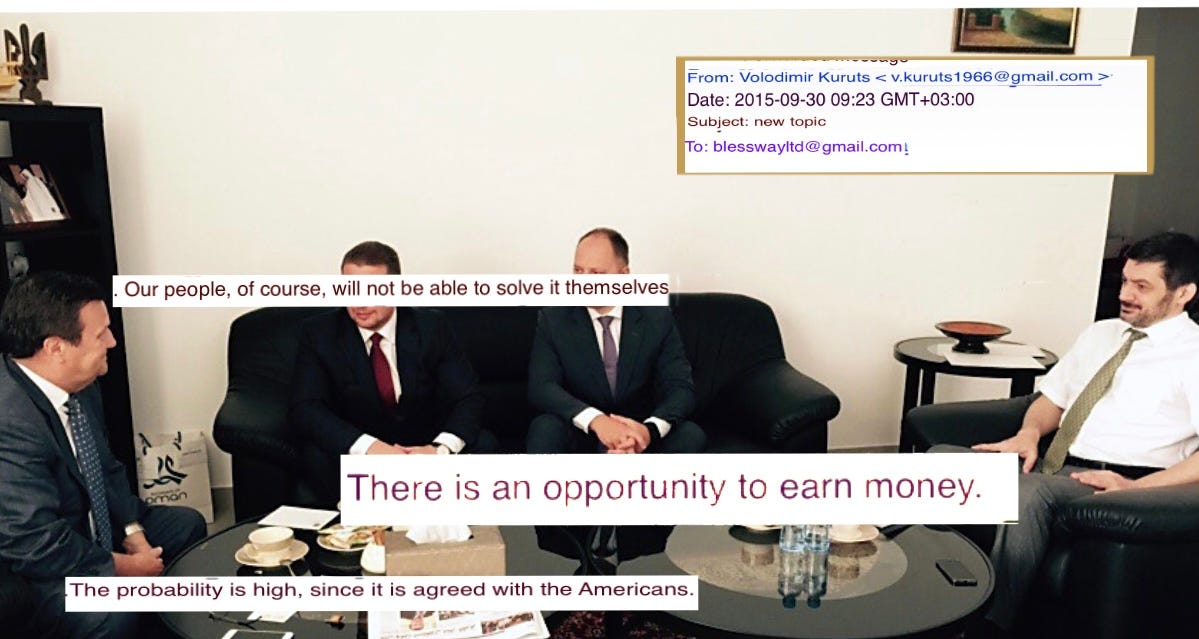From Kiev to Qatar: The Trail of European Weapons to the Middle East
How do groups like the Islamic State get their hands on Western weapons?
In a world obsessed with war, the arms trade stands as a cornerstone of international relations and commerce. Tales of Western weapons ending up in unexpected hands and places are rarely in view, veiled in ambiguity, and lacking in solid sources. This delve into an arms deal that occurred in September 2015 isn't just a retrospective — it's an illumination of the same mechanisms at play in the world today.

Setting the Stage: In late September 2015, the geopolitical landscape was charged with tension as Russian jets made their presence known in Syria. Their aim? A strategic military intervention against the brutal extremist group, ISIS. But the narrative had an unexpected player waiting in the wings – Qatar. The country, with its well-documented affiliations to various factions in Syria, was suddenly in the market for Surface-to-Air Missile (SAM) systems. These defensive weapons are designed to detect, track, and eliminate airborne threats, a potentially pivotal asset if the war in Syria escalated.
Opportunity in Ukraine: Coincidentally, or perhaps serendipitously for Qatar, the international "Arms and Security – 2015" exhibition was set to commence in Kiev, Ukraine that September. This expo is a bustling hub where defense magnates, manufacturers, and stakeholders convene, displaying cutting-edge weaponry and defense technologies. With the explicit objective to procure the S-125-2D Pechora-2D SAM systems, Qatar dispatched its military delegation to Kiev.
The Email Leak: A Ukrainian hacker group, Cyber Berkut, pulled the curtain back by leaking a series of emails from the Polish arms company “Level 11.” Among these was an intriguing correspondence where Volodymyr Yanovich Kuruts, a counselor at The Embassy of Ukraine to the State of Qatar, hinted at the imminent Qatar arms deal, giving Level 11 a potential lead into the transaction.

Legal Loopholes and Defense Conglomerates: The intricacies of international arms deals are laden with legalities and political sensitivities. For a company based in the European Union, directly supplying arms, especially when there's a strong probability that they might be funneled to factions like ISIS, becomes tricky. Even if the intended target is a considered a common adversary like Russia, defense conglomerates necessarily serve to hide the transactions in a bureaucratic fog.

Ukraine is an Ideal Environment for Suspect Foreign Trade: In this case we have UkrOboronProm. This state-owned defense giant of Ukraine operates in the background to facilitate the global arms trade. Given its status as a state-backed entity, it offers plausible deniability to external partners while Ukraine’s distinctive position between the East and Western powers, makes UkrOboronProm stands out as the perfect intermediary. Thus, while Level 11 plays a key role in the deal, the actual transaction is managed by UkrOboronProm, in this case through a sub-company called SpetsTechnoExport. By making the path of the weapons more complex, companies based in Poland (and other Western states) are able to stay under the radar and sidestep direct accusations.

The impact of the weapons trade on the everyday lives of people cannot be understated. It's a web of geopolitical maneuvers and power plays, but at the very core, it's about human lives. Russian jets in Syria, a bustling defense exhibition in Kiev, and a cache of Polish emails serve as mere lodestars illuminating a path of disgraceful destruction. Through the rare prism of these leaked emails, this singular exchange of arms provides a glimpse into the mechanics of the war machine still governing our world today.
-The Shultz Report by M. Shultz



